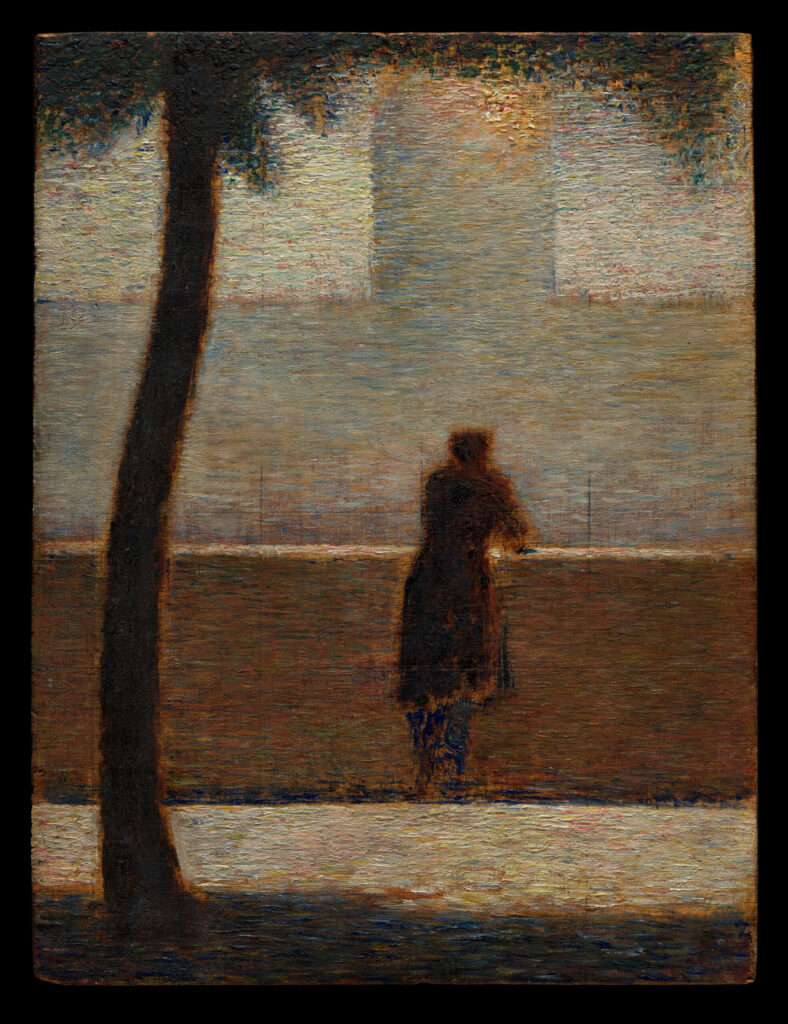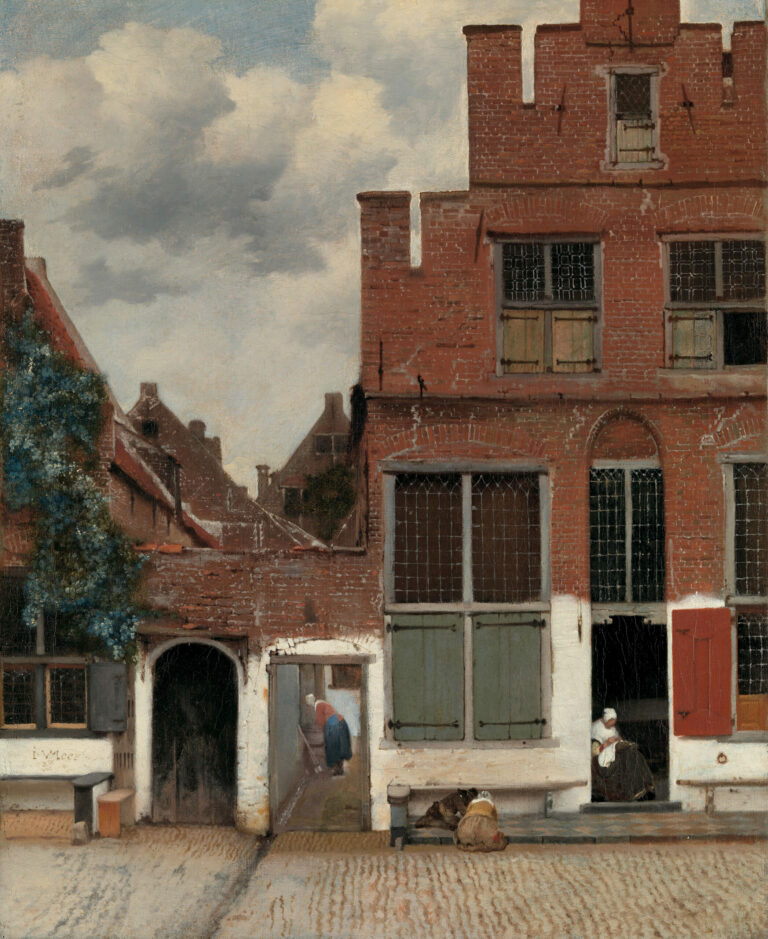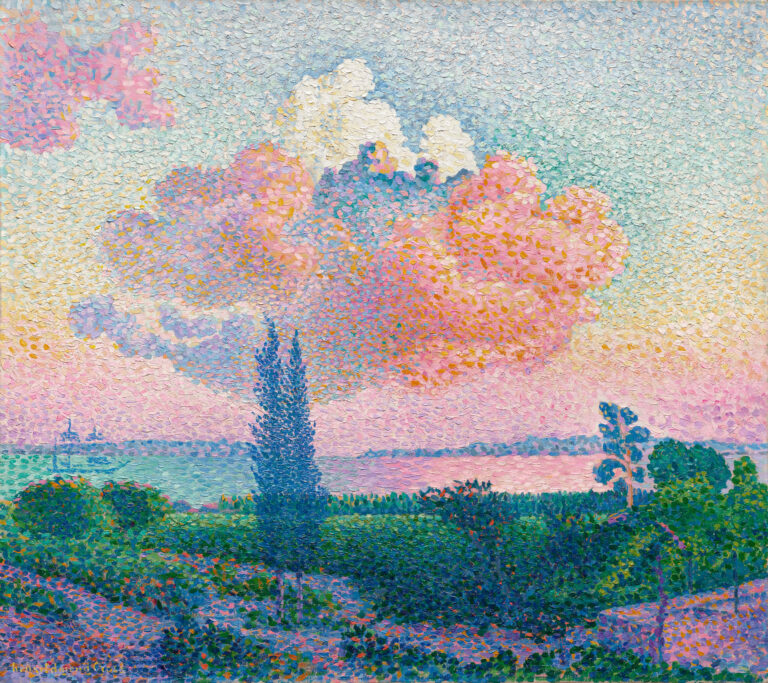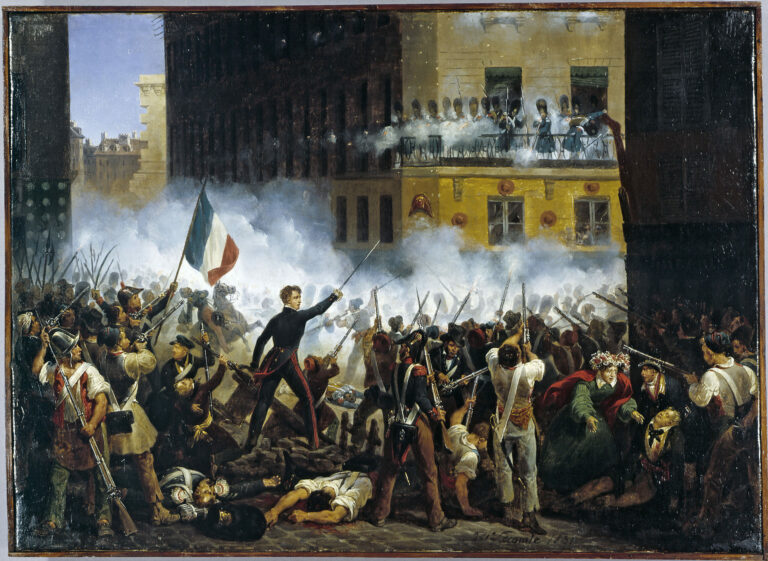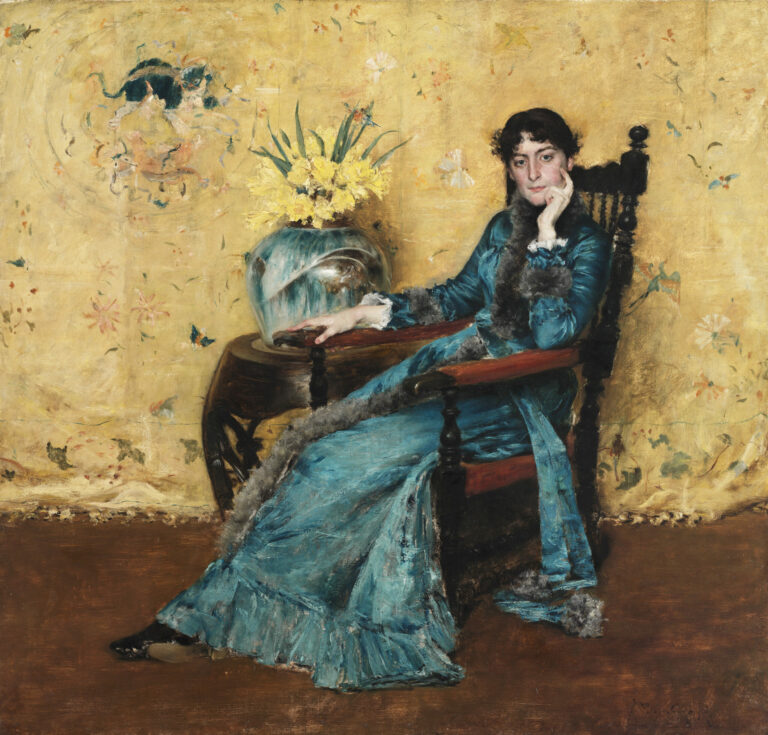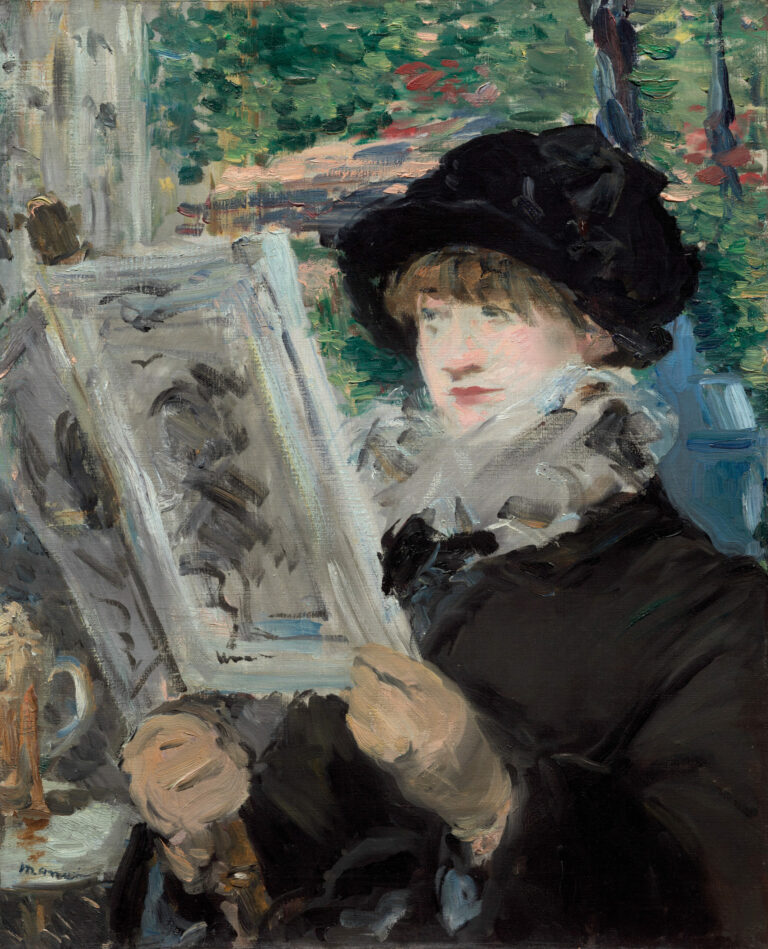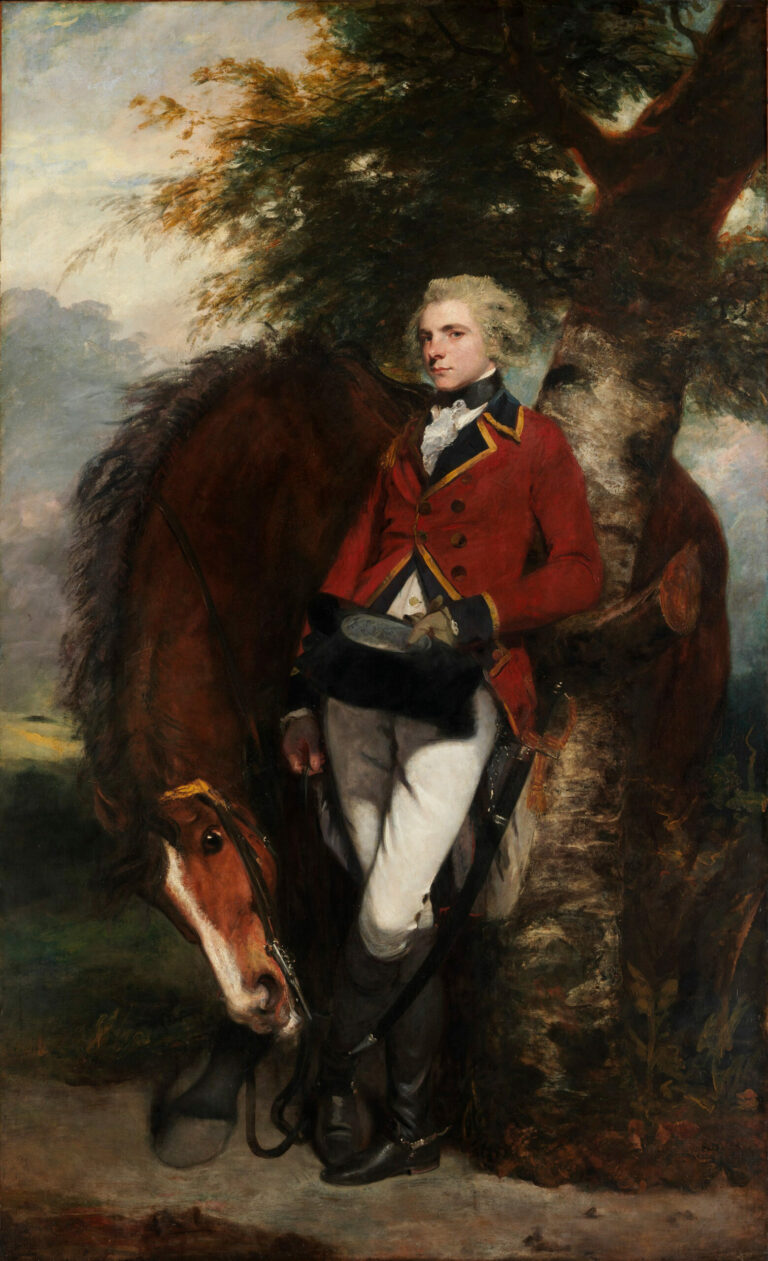In this composition of striking sobriety, Seurat offers a meditation on urban solitude.
A dark, almost abstract silhouette stands out against a misty horizon, leaning against a parapet bordering the Seine. The bold framing, with a large black tree that vertically structures the composition, creates a contemplative atmosphere. The light, treated in broad horizontal areas, seems to vibrate on the water’s surface and in the Parisian sky. The brushstrokes, already characteristic of the future master of pointillism, subtly construct volumes and atmospheric effects. The work, in its apparent simplicity, reveals an early mastery of tonal harmonies and a modern sensitivity to the geometrization of forms.
Further Context
- “A Man Leaning on a Parapet,” by Georges Seurat, ca. 1881
- 6 1/2 × 4 7/8 in. (16.5 × 12.4 cm)
- The Metropolitan Museum of Art, Fifth Avenue, New York, exhibited in Gallery 825
- https://www.metmuseum.org/art/collection/search/438123
Georges Seurat (1859-1891) was one of the most innovative artists of the late 19th century, despite a tragically brief career. Trained at the École des Beaux-Arts in Paris, he developed a scientific approach to painting, theorizing the division of tones and inventing the technique of pointillism.
This early work, created before his major neo-impressionist compositions such as “A Sunday Afternoon on the Island of La Grande Jatte,” already shows his taste for rigorous construction and his ability to convey contemplative atmospheres. His search for a rational pictorial method, based on the laws of optics, would profoundly influence modern art.

